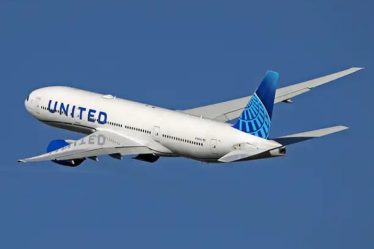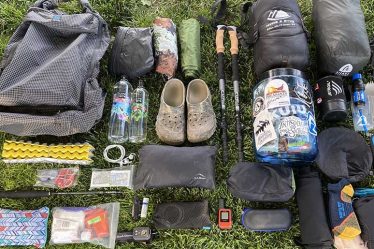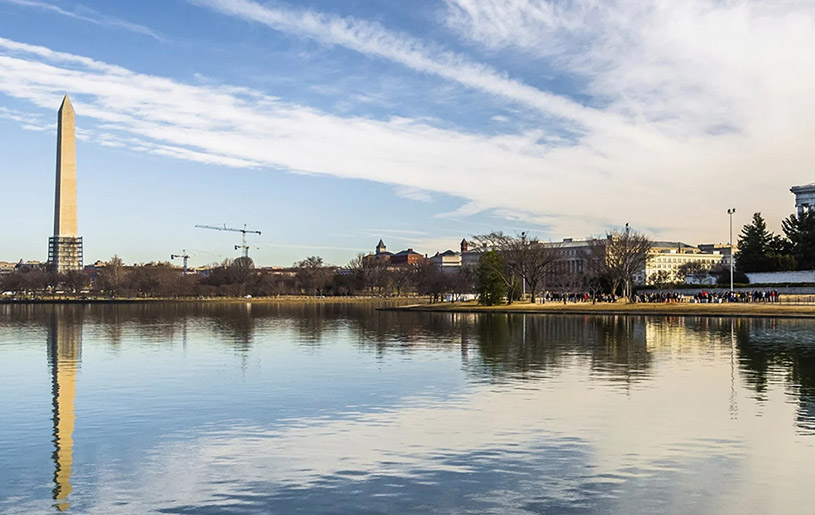
In many cities around the world, public transportation determines the speed of tourists’ travel. In Washington, DC, a city where politics, culture, history, and modernity blend, the subway and bus systems are like invisible capillaries, shuttling between every street and alley in the heart of national power. For travelers who have just arrived, mastering the traffic rules of this city can greatly improve the efficiency of the journey, reduce expenses, and feel a more authentic urban context while exploring historical monuments and modern art.
Ⅰ. City Arteries: Understanding Washington’s Transportation System
Washington’s transportation system consists of subways (Metro) and buses (Metrobus, Circulator), and the services are coordinated by the Capital Transportation Administration. The benefits of this management by a public agency are unified standards, wide coverage, and convenient transfers. Whether it is a business trip, a cultural visit, or a backpacking trip, it can seamlessly connect most areas of the city.
Subways are suitable for medium and long distance, efficient commuting, fast speed and concentrated stations; while buses cover neighborhoods that are not covered by subways with their flexible and low-cost characteristics, especially areas with dense tourist attractions, residential areas and marginal areas.
Ⅱ. Subway: Six lines weave the skeleton of the city
1. Introduction to subway lines
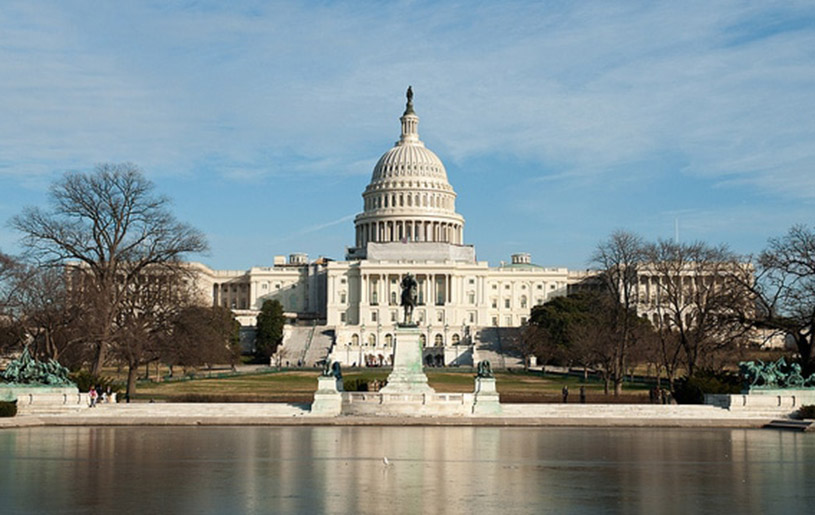
The Washington Metro has a total of six lines, named after colors: Red Line, Blue Line, Orange Line, Silver Line, Green Line and Yellow Line. These lines cover the city center and suburbs, covering almost all popular attractions that tourists may visit. From the National Mall to Arlington National Cemetery, from the Georgetown area to Dulles International Airport, each track is clear and efficient.
The red line connects the city center with academic medical institutions, the green line and the yellow line run through tourist hotspots such as the National Mall and Capitol Hill, and the blue line, orange line and silver line extend westward to the airport and the outskirts of the city, building a transportation network that radiates the entire city.
2. Hub station identification and transfer suggestions
For newcomers, it is crucial to identify key transfer hubs. Metro Center, Gallery Place-Chinatown and L’Enfant Plaza are the three major intersections of the line. Almost all subway lines intersect here, which is convenient for tourists to change lines flexibly.
The transfer station is usually clearly marked, but the flow of people is dense during peak hours. You should make a transfer plan in advance to avoid delays due to missing the train.
III. Subway Practice: A full process guide from entering the station to leaving the station
1. How to buy a SmarTrip card
The Washington Metro uses a contactless electronic card – SmarTrip as a voucher for riding. Visitors can use the vending machine at any subway station to buy a card, and the card fee must be paid for the first time. The card can be recharged repeatedly and used for subway, bus, parking and other services.
Irecommends that tourists buy a SmarTrip card on the first day and keep the balance on the card above $10 to avoid being unable to exit the station due to insufficient balance during the journey.
2. Tips for swiping the card to enter the station and take the bus
There is a gate at the entrance of the subway station. You can enter the station by touching the sensor with a SmarTrip card. Most stations will display information about upcoming trains, including line color, terminal direction, and estimated arrival time.
When riding, pay attention to the line color, direction (terminal station), and station announcements. Most train cars are equipped with electronic screens and voice announcements to facilitate the progress of the journey.
3. Exit and transfer process
After arriving at the station, the fare for this trip will be automatically deducted when you swipe your card to exit the station. Some subway stations have different exits, and you need to go to the corresponding street according to the instructions. Irecommends that tourists check the exit information in advance, especially at stations with many exits such as Union Station and Smithsonian.
If you need to transfer to a bus, you can use the SmarTrip card after exiting the station to enjoy a transfer discount, but it must be completed within two hours.
IV. Public transportation: another option for flexible street travel
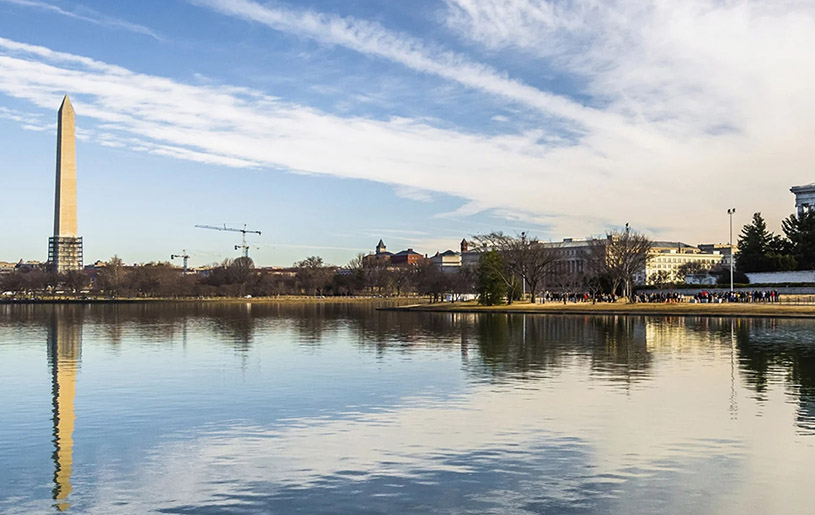
1. The difference between Metrobus and Circulator
Washington’s ground public transportation consists of Metrobus and Circulator. The former is a citywide public bus with many route numbers and wide coverage, suitable for commuting and medium-distance travel; the latter is a circular bus designed for tourists and urban residents. The routes are concentrated in the National Mall and tourist areas, with low fares, high frequency and friendly service.
Circulator usually distinguishes routes by color, such as the red line circulates around the National Mall, and the blue line connects Georgetown and the city center. Most stations are equipped with voice broadcasts and route maps, which are very easy to use.
2. Bus riding process and in-car experience
The bus stop sign will indicate the route number, direction and estimated arrival time. Passengers need to swipe the SmarTrip card or prepare change (no change) when boarding the bus. There is usually a station screen or broadcast system in the car.
Iespecially recommends taking the Circulator when the weather is good. The scenery along the way is beautiful, from the Smithsonian Museums to Georgetown, which saves both footwork and sightseeing experience.
Ⅴ. Practical suggestions: Tips to save money and time
1. Reasonable use of tickets and transfer discounts
SmarTrip cards not only save time queuing to buy tickets, but also enjoy transfer discounts. For example, if you take the bus within two hours after leaving the subway station, the system will automatically deduct less fees, and vice versa.
Tourists can also purchase one-day, three-day or seven-day passes, depending on the length of stay, which is especially suitable for tourists with intensive itineraries and attractions spread across the city.
2. Avoid peak and holiday congestion
The local commuting peak hours are 7 to 9 a.m. and 4 to 6 p.m. on weekdays, when both the subway and the bus are relatively crowded. It is recommended that tourists avoid peak hours to go to attractions, which can not only provide a comfortable ride, but also reduce queuing time at museums and other places.
The subway runs less frequently on weekends and holidays, and some lines may be temporarily constructed or detoured. Be sure to pay attention to the station notices in advance.
Ⅵ. Cultural landscape in subway stations
1. Art installations in subway stations
Washington’s subway stations are not only commuting nodes, but also part of the city’s culture. Iwas impressed by the classical vaults of Union Station, the modern sculptures of Dupont Circle, and the graffiti-style murals near Navy Yard – these artworks add warmth to the cold passages.
Many stations have displays of local artists’ works, historical reliefs and cultural slogans, which are great places to take photos and check in.
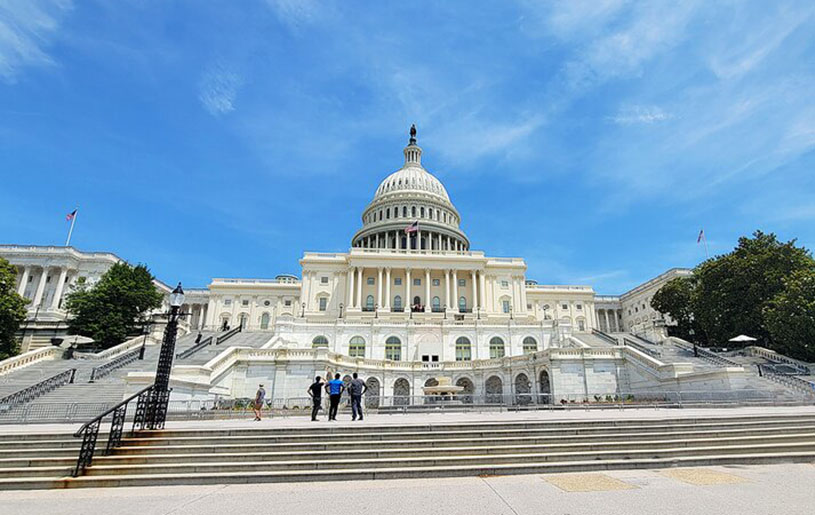
2. Street art and bus station culture
In contrast, some bus stations are more like community public spaces: the platforms have newspaper racks, green fences and local event bulletin boards. Ionce encountered a local folk musician performing live near a Circulator station. The surprise of the journey is often hidden in the ten minutes of waiting for the bus.
VII. Common misunderstandings of tourists and coping methods
1. Forget to swipe the card to exit the station
The subway system charges based on entry and exit. Failure to swipe the card to exit the station will cause the card to be frozen and need to go to the service desk to unlock it. Isuggested reminding herself to check the balance on the card and the last stop name before getting off the bus to ensure a smooth exit.
2. Going in the wrong direction or getting off at the wrong stop
First-time passengers often get on the wrong side because they are not clear about the direction. Isuggested paying attention to the terminal direction marked on the wall of the station, confirming the LED screen before the train enters the station, and checking the map or mobile app to track the location at any time.
Urban transportation is not only a tool to get from point A to point B, but also the first contact point for travelers to interact with the city. By taking the subway and bus, Inot only visited the scenic spots efficiently, but also felt the real pulse of Washington in the passengers Imet, the commuters Ibrushed against, and the art in the corners of the platform.
For tourists who are preparing to embark on a trip to Washington, don’t let “transportation” become a problem. All you need is a SmarTrip card, a subway map, and respect and curiosity for the city’s order. This “transportation survival manual” will become your most reliable partner in exploring the capital. Under the subway and bus is the character, culture and story of a city, waiting for you to set off.
